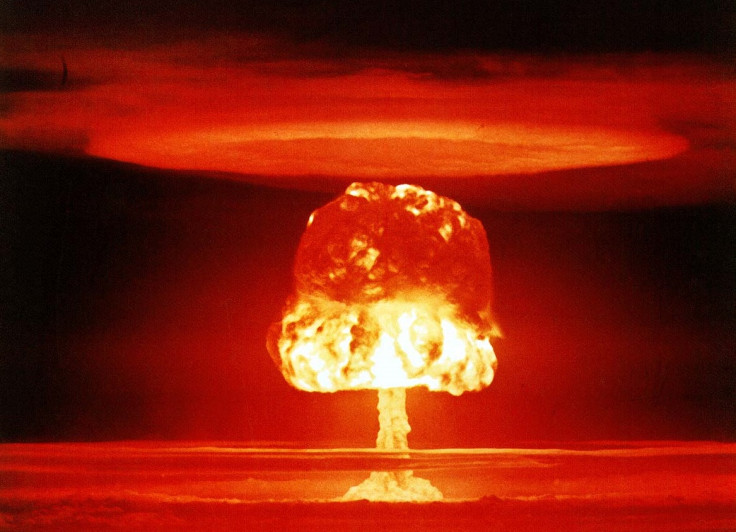Anthropocene era: Humans changed the Earth's geology by setting off atomic bombs in 1945

An international group of scientists has proposed that the Anthropocene era, a new chapter in the Earth's geological history, occurred at the dawn of the nuclear age 70 years ago.
The Anthropocene is a concept that was proposed by Nobel Prize-winning atmospheric chemist Paul Crutzen 15 years ago.
It is the idea that mankind have had such a marked impact on the Earth that over time they have actually changed the planet's geology and biosphere.
However, the exact period in history when this started happening has never been clearly defined. Different theories suggest that the Anthropocene era might have started thousands of years ago when farming first began, or perhaps the industrial revolution that started in 1760 could be to blame.
Now, the Anthropocene Working Group, which is made up of researchers from 24 institutions around the world, has proposed that the Anthropocene could have in fact occurred on 16 July 1945 with the testing of the first atomic bomb in Mexico.
"Like any geological boundary, it is not a perfect marker – levels of global radiation really rose in the early 1950s, as salvoes of bomb tests took place," said Dr Jan Zalasiewicz of the University of Leicester's Department of Geology, who is lead author on the group's new paper.
"But it may be the optimal way to resolve the multiple lines of evidence on human-driven planetary change. Time – and much more discussion – will tell."
Their research, entitled When did the Anthropocene begin? A mid-twentieth century boundary level is stratigraphically optimal, is published in the journal Quaternary International, and will be presented to the World Economic Forum in Davos, Switzerland next week.
From the mid-twentieth century onwards, mankind's actions began to alter the Earth, whether it was the huge acceleration in population growth, the increase in carbon emissions, the invasion and extinction of various species, or the production of plastics, concrete and metals.
"When we first aggregated these datasets, we expected to see major changes but what surprised us was the timing," Professor Will Steffen of the International Geosphere-Biosphere Programme in Stockholm told the Telegraph.
"Almost all graphs show the same pattern. The most dramatic shifts have occurred since 1950. We can say that around 1950 was the start of the Great Acceleration.
"After 1950 you can see that major Earth system changes became directly linked to changes largely related to the global economic system. This is a new phenomenon and indicates that humanity has a new responsibility at a global level for the planet."
© Copyright IBTimes 2024. All rights reserved.






